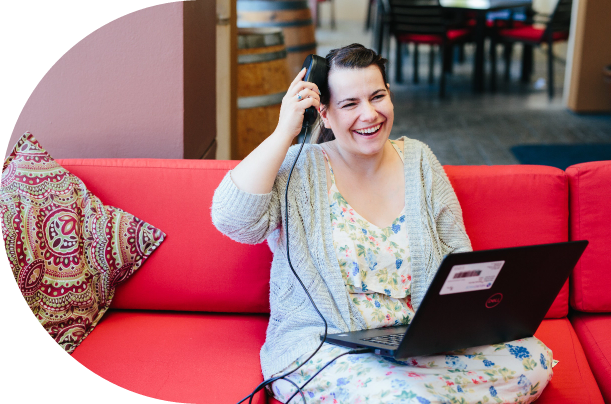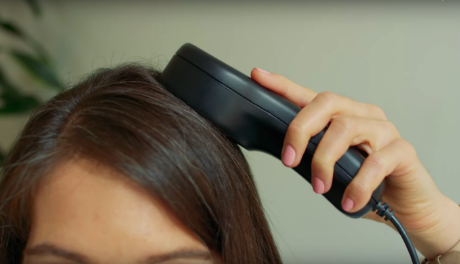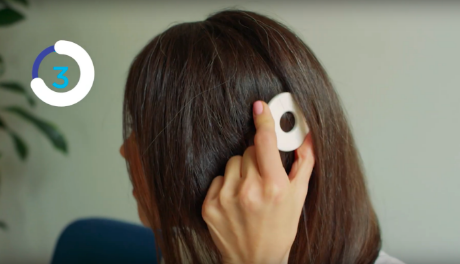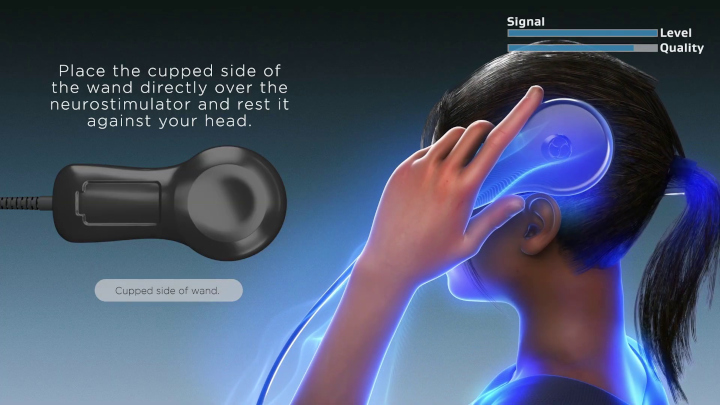Life with the RNS System
Congratulations on taking an important step in the treatment of your epilepsy. The RNS System is a personalized treatment to help prevent seizures at their source. Your journey with the RNS System begins here.


Life with the RNS System
Congratulations on taking an important step in the treatment of your epilepsy. The RNS System is a personalized treatment to help prevent seizures at their source. Your journey with the RNS System begins here.

Living with the RNS System Q&A
Join a free webinar about living with the RNS System. An epilepsy specialist and a patient living with the RNS System will be available to answer your questions.
How to collect and share data with your doctor
You play an important role in your epilepsy care. By collecting and sending information from your RNS device (neurostimulator) to a secure database, you can help your doctor personalize and improve your care over time.
Current Patient FAQ
How does the RNS System work?
Similar to a pacemaker that monitors and responds to heart rhythms, the RNS System is the first and only medical device that can monitor and respond to brain activity. The RNS System constantly monitors your brainwaves, detects unusual activity that may lead to a seizure, and responds within milliseconds by sending brief pulses to disrupt this unusual activity.
Will I feel the stimulation?
When your doctor programs the device to the correct settings for you, you should not feel or notice stimulation. On average, the total amount of stimulation delivered by the RNS System adds up to approximately three minutes per day.
Nair, et al. Neurology, 2020.
Does the effect of the RNS System wear off?
No. Experience over many years shows seizure reduction continues to improve over time.
Will I be able to stop taking my anti-seizure medications?
The RNS System is considered a complementary treatment to your medications. Any change in your medications would be determined by your doctor.
Nair, et al. Neurology, 2020.
How often should I use my remote monitor?
NeuroPace recommends you transfer data from the neurostimulator to the remote monitor at least once a day, as well as after a seizure. You should transfer data from the remote monitor to a secure database at least once per week. It is important that you talk to your physician about how often they would like you to use your remote monitor.
How often does the battery have to be replaced?
The estimated battery life of the RNS-320 Neurostimulator is nearly 11 years*. This means that on average you will likely be able to go over a decade after your procedure before needing a Neurostimulator replacement. Since battery life depends on your individualized settings, some people may have a shorter battery life, while others may have more than 11 years of battery life.
To find which RNS System model you currently have, please refer to your RNS System ID card, or call your doctor’s office. Consult the Patient Manual for more information.
*FDA-approved labeling reflects an estimated 10.8 years of battery life at medium settings.
How and when do I use the magnet?
The magnet is used to tell the neurostimulator to record brain activity when you are experiencing a seizure. The RNS System is programmed by your doctor to monitor, record and respond to your unique brain activity on its own, but swiping the magnet works like a highlighter, pointing out an event for your doctor to easily identify when reviewing your data. Your doctor is then able to make adjustments to optimize your treatment as needed.
Can I get an MRI?
Individuals who have the model RNS-320 Neurostimulator are eligible for MRIs under certain conditions. People with the model RNS-300M Neurostimulator CANNOT receive an MRI.
I am going on a trip and will be traveling by plane, will I have a problem going through airport security with my device?
Airport scanners will not damage the system but could cause or temporarily disrupt stimulation. You may want to let TSA personnel know that you have an implanted medical device by showing them your Medical Implant Identification Card. You may also want to bypass a body scan and opt for a pat-down security inspection. You can find more detailed instructions in the “Traveling with the RNS System” section of your Patient Manual.
I still have more questions, who can I talk to?
Our NeuroPace Patient Education Team is here to answer your questions and help you get the information you need. To reach our patient education team, please call (888) 646.8483 or email connect@neuropace.com





